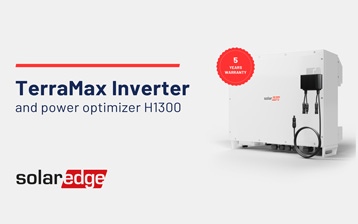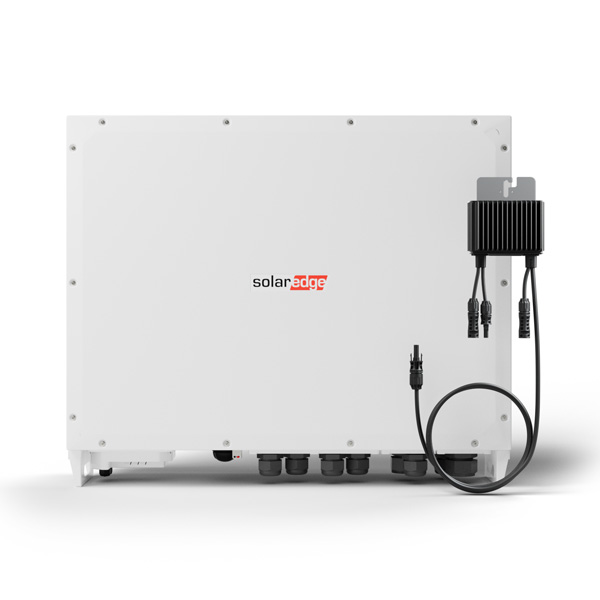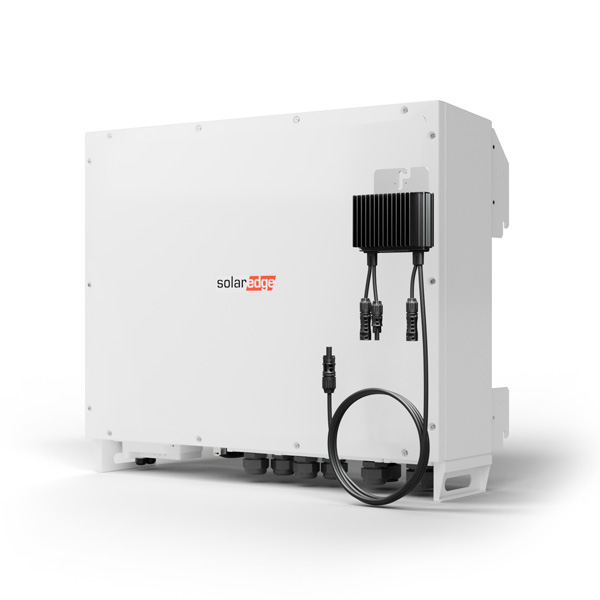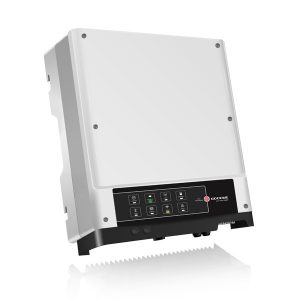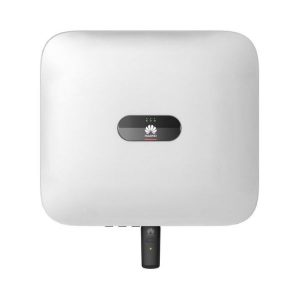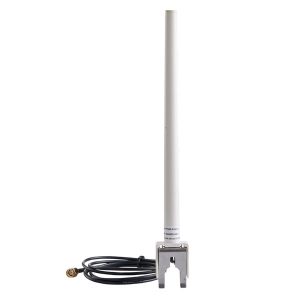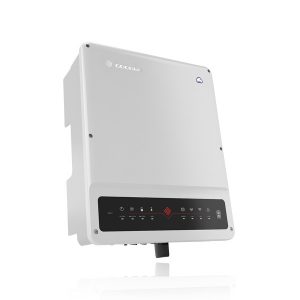SolarEdge TerraMax inverter is suitable for commercial, industrial and also utility-size installations, and it easily adapts to any kind of configuration and environment.
It is available in 300 and 330 kW, with an output voltage of 690V.
TerraMax inverter: technology and features
This solution introduces power optimization and high-resolution monitoring to the utility segment. The SolarEdge TerraMax inverter, combined with H1300 power optimizers, brings together MLPE technology with inherent safety features to achieve:
- increased module yield by combating potential power losses due to mismatches or shading
- installation flexibility
Together with this product, a new platform dedicated to C&I, SolarEdge ONE, is also introduced. This platform allows precise monitoring of the installation, integrating electric vehicles management to reduce potential maintenance interventions, extend the lifespan of the system, and lower O&M costs.
Installation cost savings
The inverter’s efficiency reaches up to 99%, and it is possible to oversize the photovoltaic system up to 200% of the inverter’s maximum output power. However, special attention must be given to the choice of the photovoltaic module to pair with it: the H1300 optimizers accept a maximum input power of 1300W (2 modules of 650 Wp) and a maximum Isc current of 15A.
Under ideal conditions, the strings can reach a length of up to 80 modules, with 25 kW per string. In large-scale systems, this factor represents a significant source of installation cost savings, particularly in terms of DC power cable expenses.
Safety and Communication
This inverter has a very high protection rating (IP68), allowing it to be installed in any application. The operating temperature range is also very broad, from -40 to 65°C.
The communication interfaces supported include CAN bus, RS485, Wi-Fi, and Ethernet. The device also features the Anti-PID function and is activated via the SetApp application.
Suitable for all types of installations
The SolarEdge TerraMax inverter is designed to adapt to all types of small to medium-sized utility-scale installations, including:
- Ground-mounted systems
- Rooftop systems on industrial buildings
- Agrivoltaic systems
Contact VP Solar to receive an offer or request more information about the SolarEdge TerraMax inverter.
SolarEdge: TerraMax inverter SE330K
SolarEdge TerraMax SE330K inverter, an ideal solution for small and medium-sized utility-scale systems
- 99% efficiency
- 200% DC oversizing
- Integrated nighttime anti-PID devices
- Compatible with SolarEdge H1300 optimizer
Datasheet English
Documentazione completa
The new TerraMax SE330K solution for utility scale plants is designed to increase energy production thanks to its 99% efficiency, 200% DC oversizing, and integrated nighttime PID rectifier.
This is a highly versatile product due to its ability to implement photovoltaic systems on sloped, uneven, or irregularly shaped terrain, making it ideal for both centralized and distributed topologies.
The design supports a string length of up to 80 modules, requiring overall less cabling and equipment, leading to a BoS reduction of up to 50%. Additionally, pre-commissioning allows for the validation of system components and wiring before AC connection.




